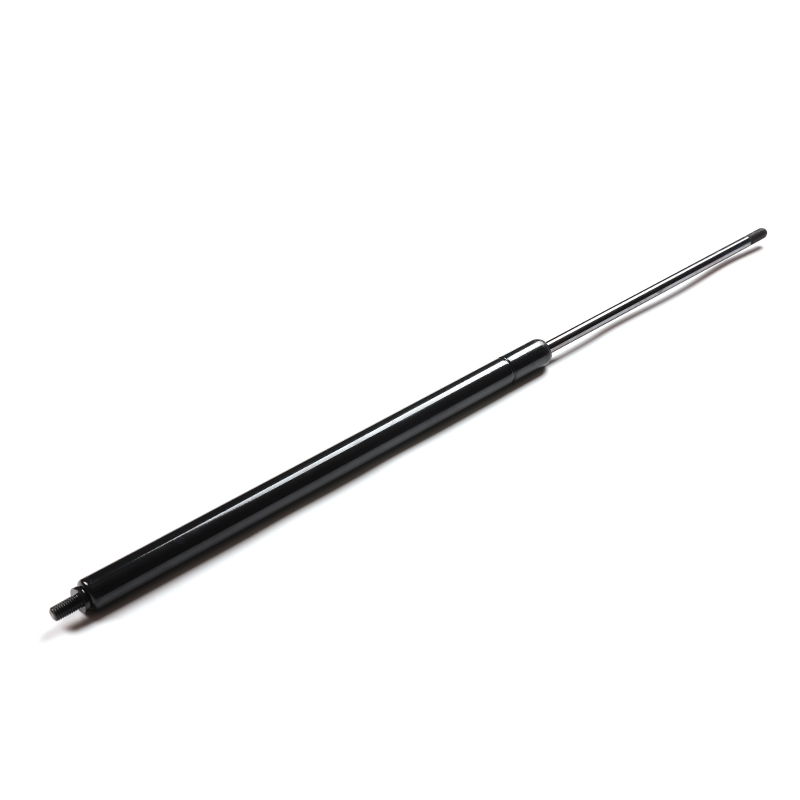Several design considerations can optimize the performance of marine
gas strut systems. These considerations focus on ensuring that the gas struts are properly sized, positioned, and integrated into the boat's structure to meet functional requirements and environmental challenges. Here are some key design considerations:
Load Capacity and Stroke Length: Properly match the load capacity and stroke length of the gas struts to the weight and movement requirements of the components they will be assisting. This ensures that the gas struts provide sufficient force to support and control the movement of hatches, compartments, seats, or other components.
Mounting Locations: Choose appropriate mounting locations for the gas struts to ensure optimal support and functionality of the assisted components. Consider factors such as structural integrity, accessibility, and clearance requirements when selecting mounting locations.
Orientation and Angle: Install gas struts in the correct orientation and angle relative to the assisted components to ensure smooth operation and effective support. Improper orientation or angle can lead to binding, misalignment, or premature wear of the gas struts.
Weather and Environmental Protection: Select gas struts with materials and coatings that provide protection against corrosion, UV exposure, and other environmental hazards common in marine environments. Properly sealed and protected gas struts are more resistant to degradation and perform reliably over time.
Ventilation and Airflow: Ensure that gas struts installed above living areas or cabins do not obstruct ventilation or airflow, as poor ventilation can lead to discomfort or health hazards for occupants. Design gas strut systems with ventilation in mind to maintain adequate airflow throughout the boat.
Safety Features: Incorporate safety features such as locking mechanisms or dampening systems into the design of gas strut systems to enhance safety and prevent accidents. These features can help secure components in place or control the speed of movement to minimize the risk of injury or damage.
Integration with Boat Systems: Coordinate the design of gas strut systems with other boat systems and components to ensure compatibility and optimal performance. Consider factors such as electrical wiring, plumbing, and structural reinforcements when integrating gas strut systems into the boat's design.
Accessibility for Maintenance: Design gas strut systems with accessibility for maintenance and inspection in mind. Ensure that components such as mounting brackets, fasteners, and seals are easily accessible for servicing or replacement as needed.
By considering these design considerations during the planning and implementation stages, boat designers, engineers, and builders can optimize the performance and longevity of marine gas strut systems, enhancing functionality, safety, and user satisfaction onboard.
